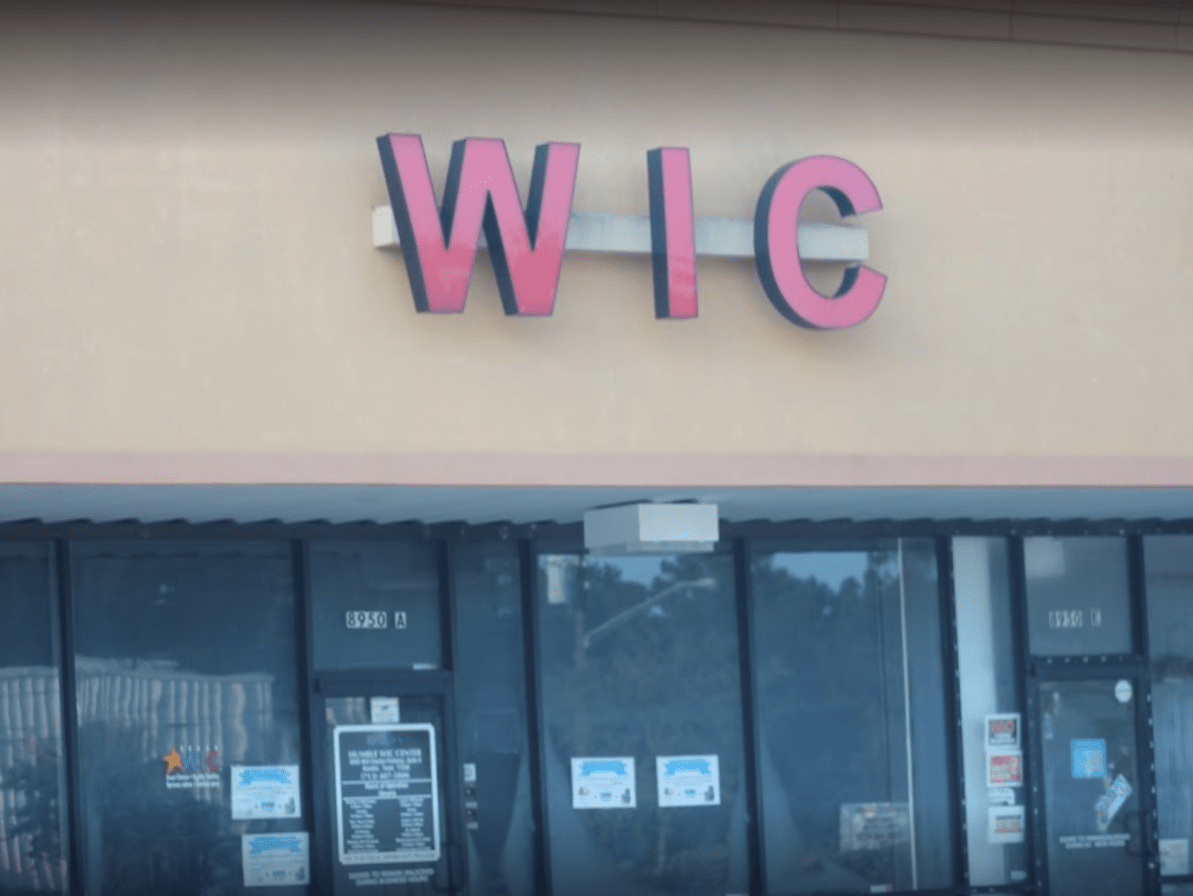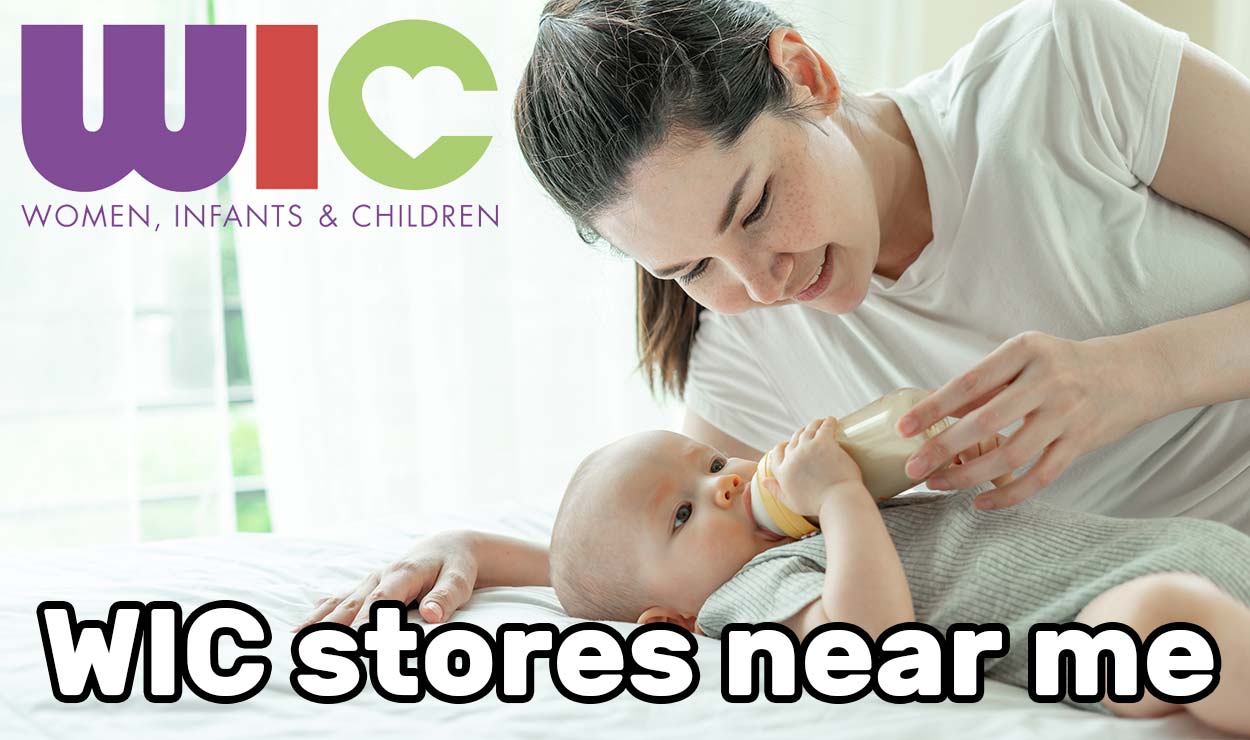Are you struggling to find affordable access to essential groceries and nutritional support for your family? Locating a WIC (Women, Infants, and Children) store near you is more than just a search; it's a crucial step in ensuring the health and well-being of vulnerable populations, providing access to vital resources that can significantly impact their lives.
For families navigating the challenges of providing proper nutrition, the accessibility of WIC-approved stores becomes paramount. These stores offer a lifeline, supplying participants with vouchers for nutritious foods, breastfeeding support, and referrals to essential health services. The WIC program, a federal initiative administered by state health departments, is specifically designed to support low-income pregnant, postpartum, and breastfeeding women, infants, and children up to age five who are at nutritional risk. But the ability to redeem these benefits efficiently and conveniently rests heavily on the proximity of these participating stores.
The search for a "WIC store near me" is therefore a direct reflection of the needs of a community. It's a call for readily available assistance. It underlines the urgency and importance of accessing resources that can help to combat food insecurity and improve health outcomes. The success of the WIC program is intertwined with its ability to reach those who need it most, and that starts with convenient access to participating stores. This article will delve into the practical aspects of finding these stores, the benefits offered, and the broader implications of this critical program.
The process of locating a WIC-approved store is, thankfully, straightforward in today's digital landscape. State WIC agencies typically maintain online directories or offer interactive maps. These resources can be easily found by searching for [your state] WIC program online. These portals often allow you to enter your zip code or address to identify nearby stores that accept WIC benefits. Many also provide details on the store's hours of operation, accepted products, and any special services they may offer, such as on-site nutrition education or breastfeeding support. Furthermore, some stores display a visible WIC sign or a sticker, so keep an eye out for these signs as you go shopping.
In addition to official state resources, there are third-party websites and applications that aggregate information on WIC-approved stores. While these can be helpful, it is always advisable to confirm the information directly with the state WIC agency or the store itself to ensure accuracy. The information changes quickly, and online listings may not always be up to date.
Beyond the search, understanding what to expect at a WIC store is essential. Participating stores are required to stock a specific selection of WIC-approved foods, which are designed to supplement the nutritional needs of participants. These typically include: infant formula, iron-fortified cereal, fruits and vegetables, whole grains, eggs, milk, cheese, and peanut butter. The specific types and quantities of food provided are tailored to the individual nutritional needs of the participant, as determined by a WIC nutritionist.
The benefits of shopping at WIC stores extend beyond the food itself. Participants often receive valuable nutrition education, support for breastfeeding mothers, and referrals to other health and social services. WIC staff is available to provide guidance on healthy eating, infant feeding, and overall well-being. This holistic approach recognizes that nutritional needs are intertwined with other aspects of health and well-being.
The positive impact of the WIC program extends far beyond individual families. Research consistently demonstrates the program's effectiveness in improving maternal and child health outcomes. WIC has been shown to reduce infant mortality rates, increase birth weights, and improve children's cognitive development. By providing access to healthy food and support services, WIC helps break the cycle of poverty and malnutrition, creating a healthier future for children and their communities.
The WIC program also stimulates local economies. When families use their WIC vouchers at participating stores, they are supporting local businesses and contributing to the economic vitality of their communities. Furthermore, the program creates jobs for nutritionists, health professionals, and store employees who work to support the program.
The evolution of the WIC program is a continuous process. WIC agencies are constantly working to improve the program and make it more accessible to those who need it. This includes efforts to expand the number of participating stores, streamline the application process, and enhance the nutritional value of the foods offered. The push to increase online application and access to program materials further ensures the programs relevance in the modern era.
The role of the community is also vital to the success of the WIC program. Community members can play a role by supporting local WIC efforts, advocating for funding and awareness, and spreading the word about the program to eligible families. Collaboration between community organizations, healthcare providers, and government agencies is essential to ensure that WIC reaches everyone who could benefit from it.
Eligibility for the WIC program is determined by a combination of factors. Participants must meet income guidelines, be pregnant, postpartum, or breastfeeding women, infants, or children under the age of five, and be determined to be at nutritional risk by a healthcare professional. Nutritional risk can be assessed based on factors like medical history, dietary needs, and environmental conditions.
The application process for WIC varies somewhat by state, but generally involves visiting a local WIC clinic, providing documentation such as proof of income, proof of identification, and proof of residency. Applicants will also undergo a health assessment to determine nutritional risk. Once approved, participants receive WIC benefits in the form of vouchers or electronic benefit transfer (EBT) cards, which can be used at participating stores.
The future of the WIC program remains bright. Technological advancements, evolving nutritional science, and a continued commitment to serving the needs of vulnerable populations promise an even more effective and accessible WIC program in the years to come. As healthcare practices change and nutritional understandings deepen, WIC will evolve to meet the needs of those it serves.
Navigating the world of nutrition programs can seem daunting. But accessing WIC is a step towards a healthier and more secure future for families. By understanding how to find a "WIC store near me," families can leverage these crucial resources and build a foundation for a healthier future.
In conclusion, the search for "WIC store near me" transcends a simple location query. It represents a fundamental need for food security and health support. By understanding the significance of WIC, the process of finding participating stores, and the benefits of participation, families can make informed decisions and access crucial resources. This commitment to accessible nutritional aid contributes to the health of families and communities, strengthening the social fabric for future generations.


